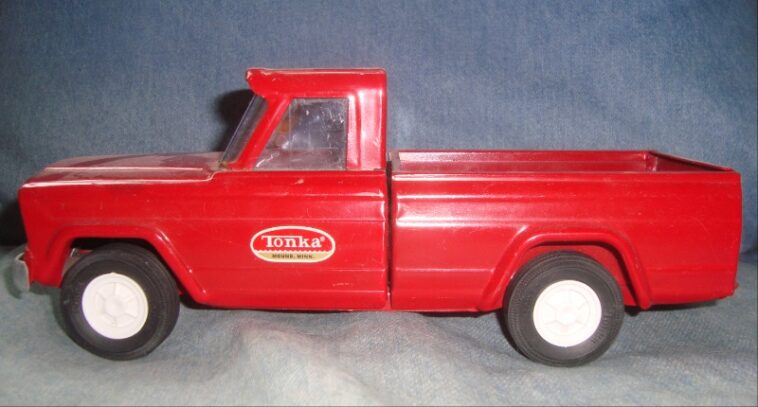While it is true that we live in an era of dazzling technological leaps, sometimes it feels like we’re sprinting backward in quality, especially when we compare the best vintage survivors to today’s mass-produced goods. You know the feeling, you unbox a shiny new gadget, and it feels… flimsy. It’s loaded with features, some of which you’ll never use, but lacks the one thing your parents and grandparents took for granted: the ability to last.
This isn’t just nostalgia talking. It’s a frustrating reality of planned obsolescence, cost-cutting, and a shift from “built to last” to “built to be replaced.” So, let’s pour one out for true craftsmanship and take a look at 10 old-school products that put their modern counterparts to shame.
The Stand Mixer (Pre-2000s KitchenAid)

Then: If you inherited your mom’s or grandma’s KitchenAid mixer, you possess a culinary heirloom. These old-school behemoths were built in the USA with all-metal gears and motors that could knead cement if you asked them to. They were heavy, loud, and ridiculously over-engineered.
Now: While modern KitchenAids still look the part, many a baker will tell you they just aren’t the same. To hit different price points, the company introduced models with plastic components (like bearings and housings) and less robust motors. That signature heft has been replaced by a creeping suspicion that you might strip a gear on a particularly stubborn batch of sourdough. Premium lines are sturdier but pricier.
The Verdict: The old models are true “buy it for life” workhorses. If you find a vintage one at a garage sale, grab it and don’t let go.
Pyrex Glassware (Pre-1998)

Then: That old, clear Pyrex measuring cup with the red lettering was made from borosilicate glass, a thermal shock-resistant material that could go from the fridge to a hot oven without missing a beat. It was the undisputed king of the kitchen lab.
Now: In 1998, the U.S. consumer product line was switched to tempered soda-lime glass. While cheaper to produce, it’s far more susceptible to shattering from sudden temperature changes. We’ve all seen the horror stories online of a glass dish exploding in the oven.
The Verdict: For sheer durability and peace of mind, vintage borosilicate PYREX (note the all-caps logo) is the superior and safer product.
Hand Tools (Vintage Craftsman)
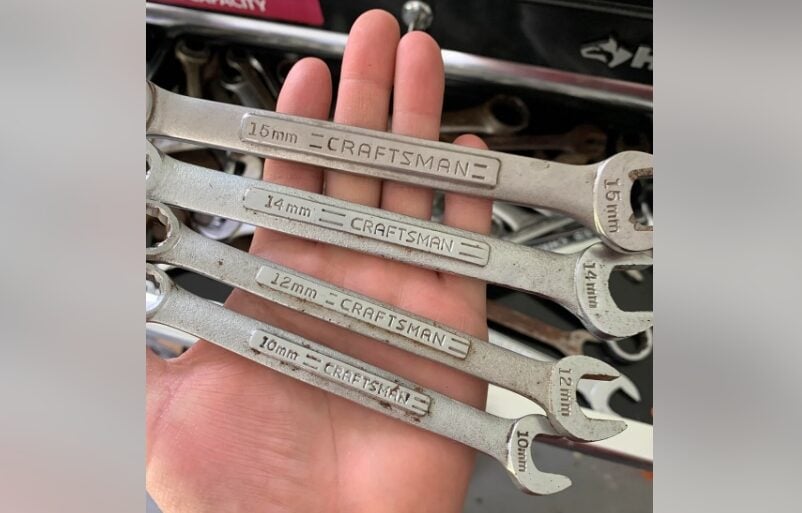
Then: There was a time when a Craftsman wrench felt like an extension of your arm. Forged from solid American steel, these tools were designed for greasy knuckles and stubborn bolts. The best part was the legendary lifetime, no-questions-asked warranty. You break it, they replace it. Period.
Now: After changing hands multiple times, the brand’s manufacturing has largely moved overseas. The quality of the steel, the finish, and the overall feel have noticeably declined. The “lifetime warranty” now often comes with a receipt-requiring, manager-approving headache.
The Verdict: An old Craftsman toolbox is a treasure. Those tools were built by people who used them, for people who used them.
Office Staplers (Swingline Model 27)

Then: The Swingline Model 27 is the tank of the office world. Cast in metal with a satisfying ker-chunk, these things have been fastening reports since the 1960s and simply refuse to die. It’s the kind of stapler Milton from Office Space would have rightfully cherished.
Now: Most modern staplers are a sea of plastic, prone to jamming if you look at them wrong. They feel disposable because, well, they are.
The Verdict: The old metal Swingline will outlive you, your children, and probably the concept of paper. Modern metal models exist, but are rare and costly.
Stereo Receivers (1970s Silver Face Era)
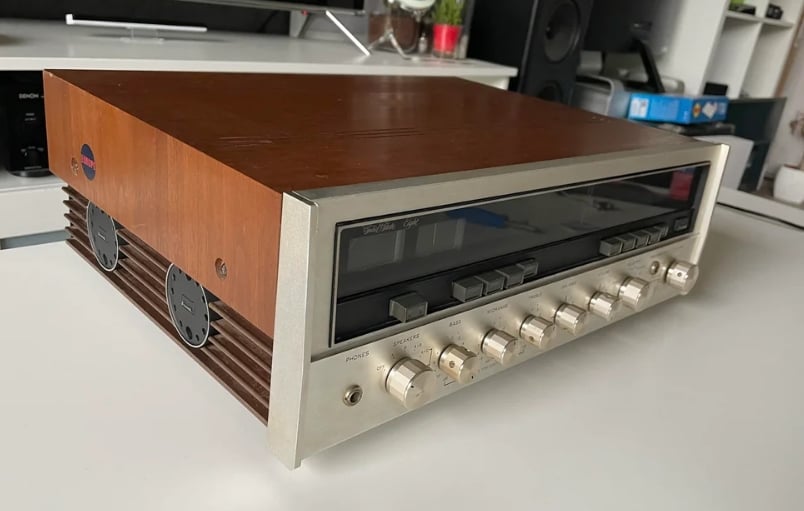
Then: Walk into any audiophile’s den, and you might see a gleaming silver-faced receiver from Marantz, Pioneer, or Sansui. These analog beasts from the ’70s were built with discrete components, massive transformers, and a focus on one thing: clean, warm, powerful sound. You could fix them with a schematic and a soldering iron.
Now: Today’s home theater receivers are complex computers packed with a million features, but often at the expense of pure stereo audio quality. They are built with integrated circuits that are impossible to repair, ensuring the whole unit becomes a paperweight when one thing fails.
The Verdict: For pure, two-channel music, nothing beats the warmth and build quality of a vintage silver face receiver.
Leather Boots (English-Made Dr. Martens)
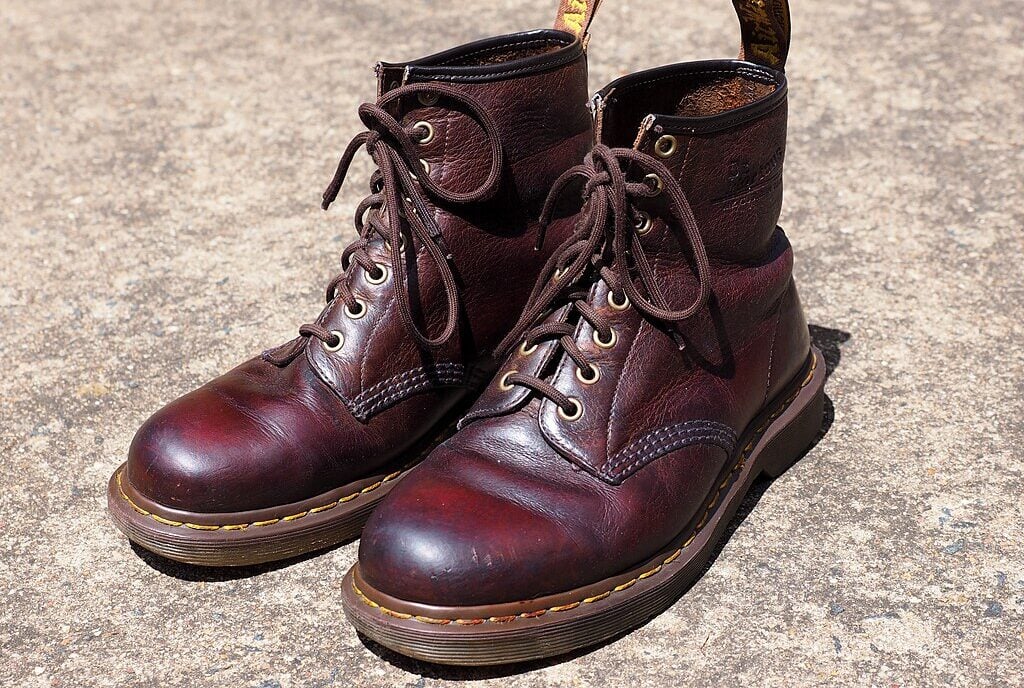
Then: Back in the day, a pair of “Made in England” Docs was an investment in rebellion and quality. The leather was thick but supple, the soles were tough as nails, and the break-in period was a rite of passage that resulted in a boot perfectly molded to your foot for decades.
Now: With most production moved to Asia, the modern Doc just doesn’t feel the same. The leather is often thinner, coated, and more plasticky, leading to cracking instead of creasing. Many long-time fans complain they just don’t last like they used to.
The Verdict: If you want the legendary Doc Martens experience, hunt down a vintage English-made pair or splurge on today’s pricier “Made in England” line.
Cast Iron Skillets
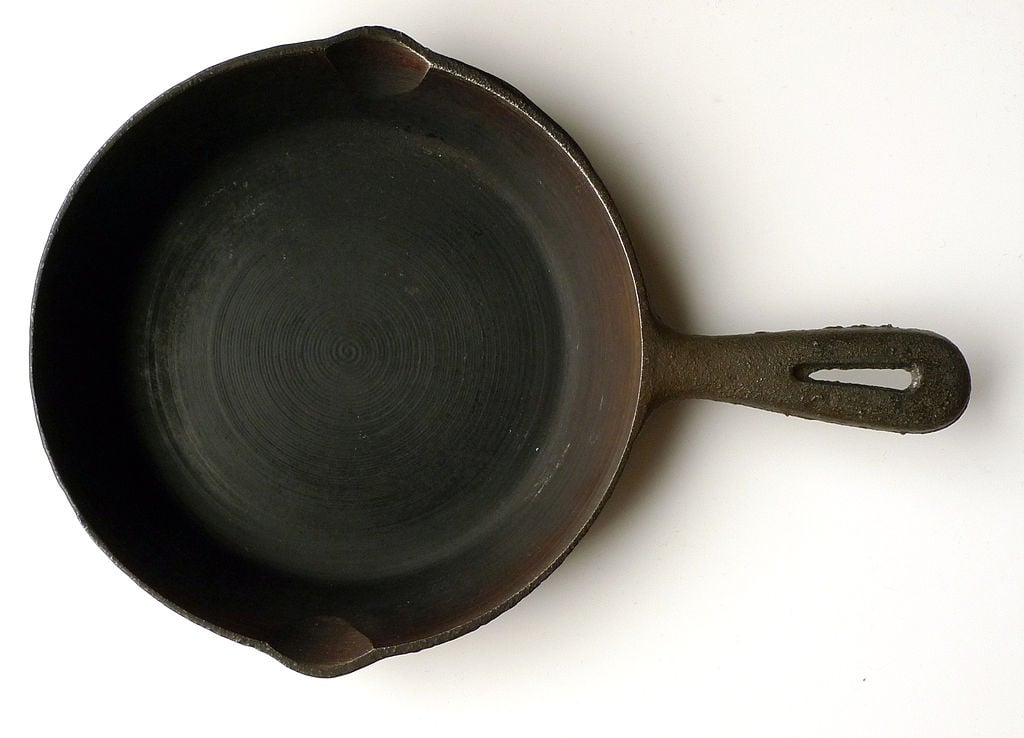
Then: This one’s a bit of a trick because great cast iron is timeless. However, vintage pans from brands like Griswold and Wagner are prized for a reason. Their casting methods resulted in a remarkably smooth, almost non-stick surface right out of the gate, making them lighter and easier to season.
Now: Most new, affordable cast iron pans (like Lodge, which is still fantastic) have a pebbly, rough texture from modern sand-casting. It takes a lot of seasoning and use to build up that slick, glassy patina the old ones started with.
The Verdict: While a new Lodge will serve you well for a lifetime, a vintage Griswold is a functional piece of history that’s a joy to cook with from day one.
Tonka Trucks
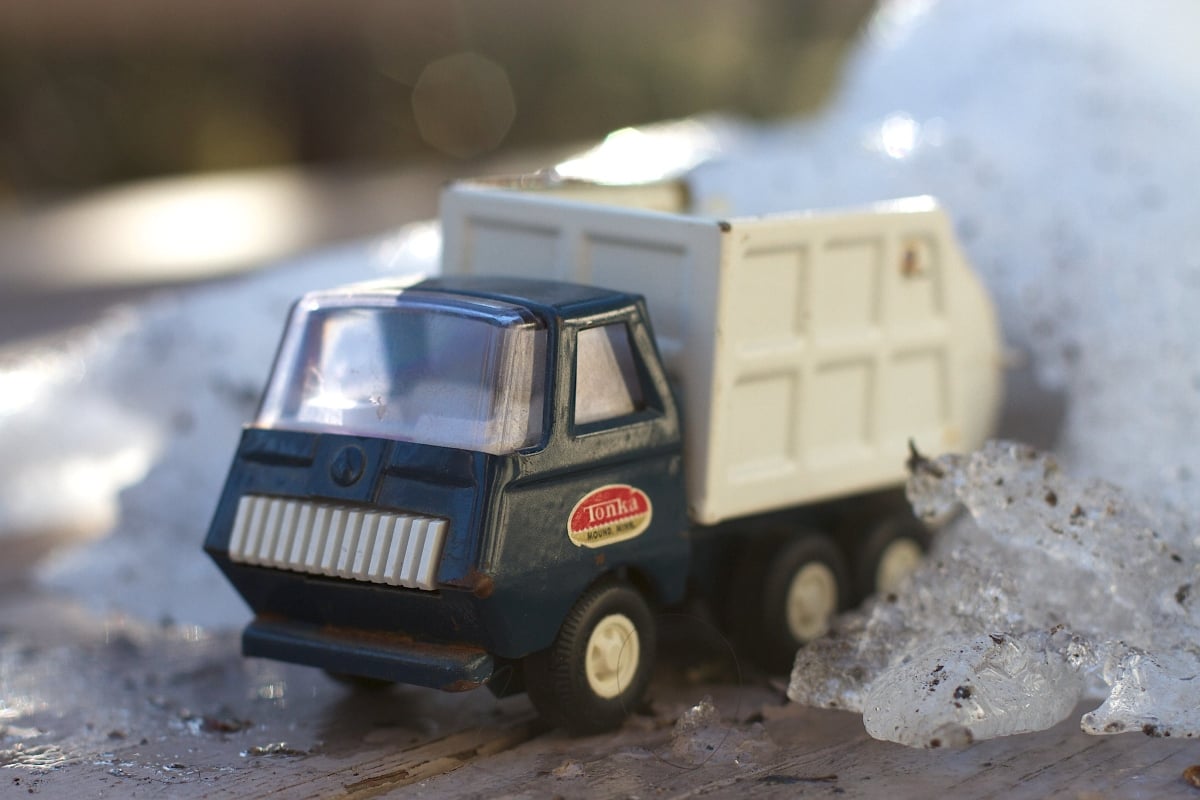
Then: “Tonka-Tough” was less a slogan and more a statement of fact — these old toy dump trucks were made of thick, pressed steel. They could be used as a step-stool, left in the rain for a decade, and then passed on to the next generation with nothing more than a few honorable scratches.
Now: Today, “Tonka” is mostly a name slapped on plastic. While safer for toddlers and cheaper to make, the modern trucks lack the soul and indestructible nature of their metal ancestors.
The Verdict: If you want a toy that can handle the brutal reality of a sandbox, hunt down a vintage steel truck or a modern Steel Classics model.
Safety Razors
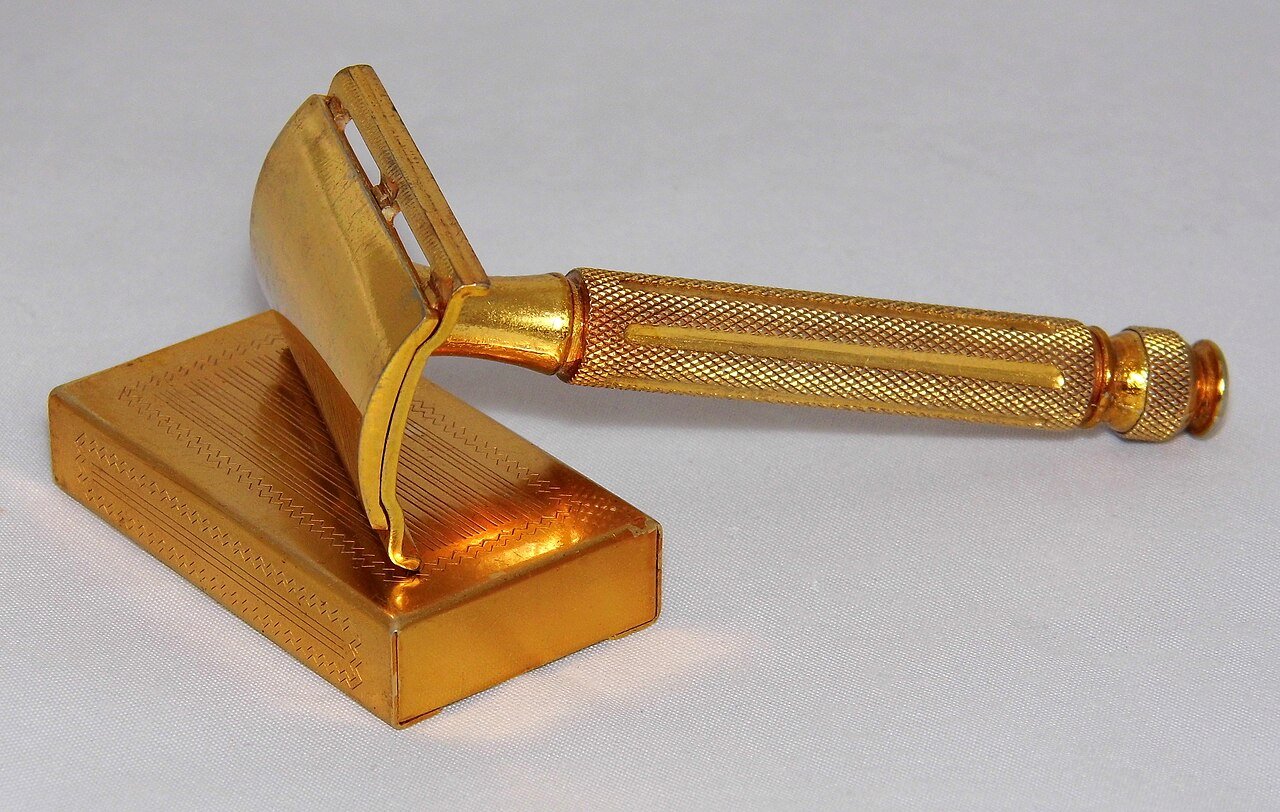
Then: For the better part of a century, men shaved with a double-edged safety razor. It was a simple, elegant tool—a metal handle holding a single, wicked-sharp blade. The razors themselves were cheap (pennies per blade), the shave was incredibly close, and it produced minimal waste.
Now: We’re trapped in a cycle of five-bladed, lubricating-stripped, vibrating-handled cartridge madness. The razors are obscenely expensive, create a mountain of plastic waste, and for many, cause more irritation than the simple, single-blade razors they replaced.
The Verdict: The old way wins. A safety razor provides a cheaper, closer, and more environmentally friendly shave.
“Buy It Once” Software
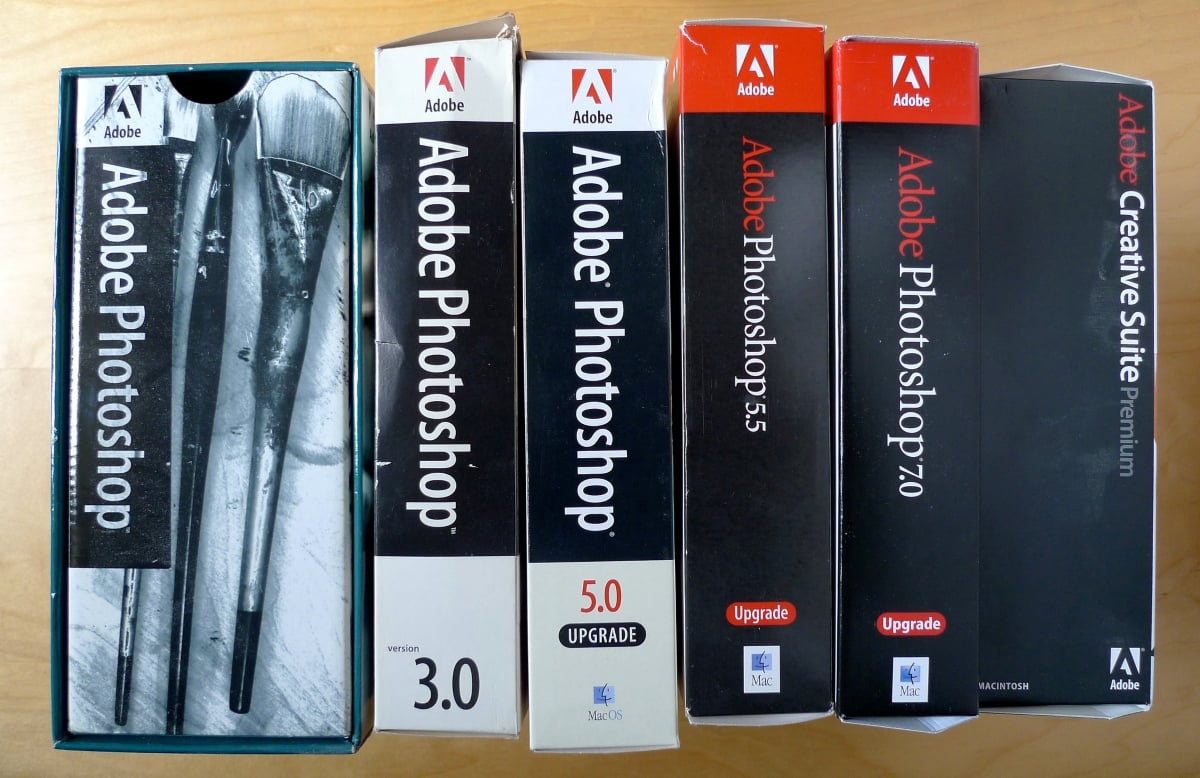
Then: Remember buying a copy of Microsoft Office or Adobe Photoshop in a box? You paid once, and you owned that software forever. It was yours. It might become outdated, but it would always work.
Now: Welcome to the subscription economy! Most major software now “rents” you access for a monthly or annual fee, though some perpetual licenses linger. Stop paying, and you lose access to the tools—and sometimes even your own work. It’s a relentless drain on our wallets for a product we never truly own
The Verdict: The ownership model of old software respected the customer. The new subscription model respects the quarterly earnings report. It’s a clear win for the old way of doing business.

